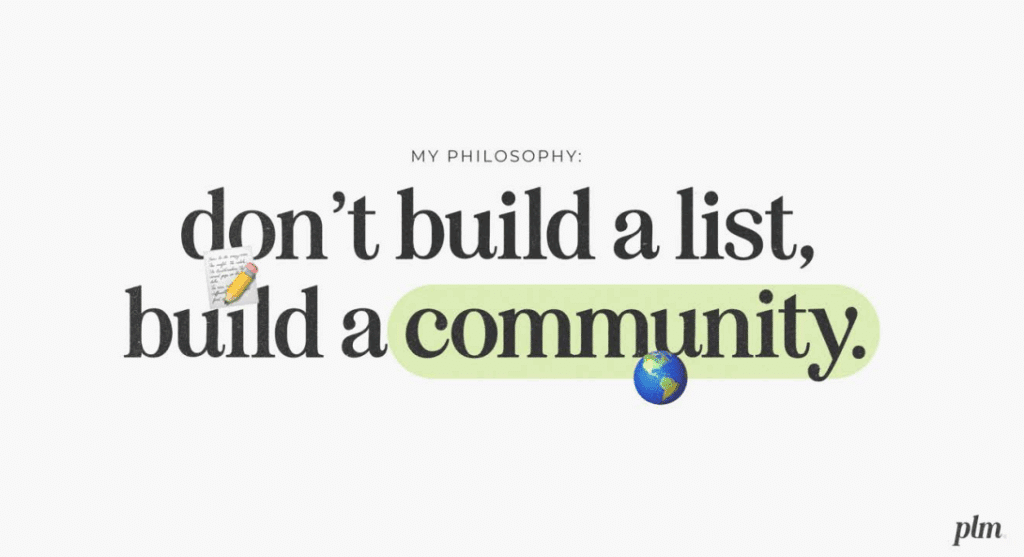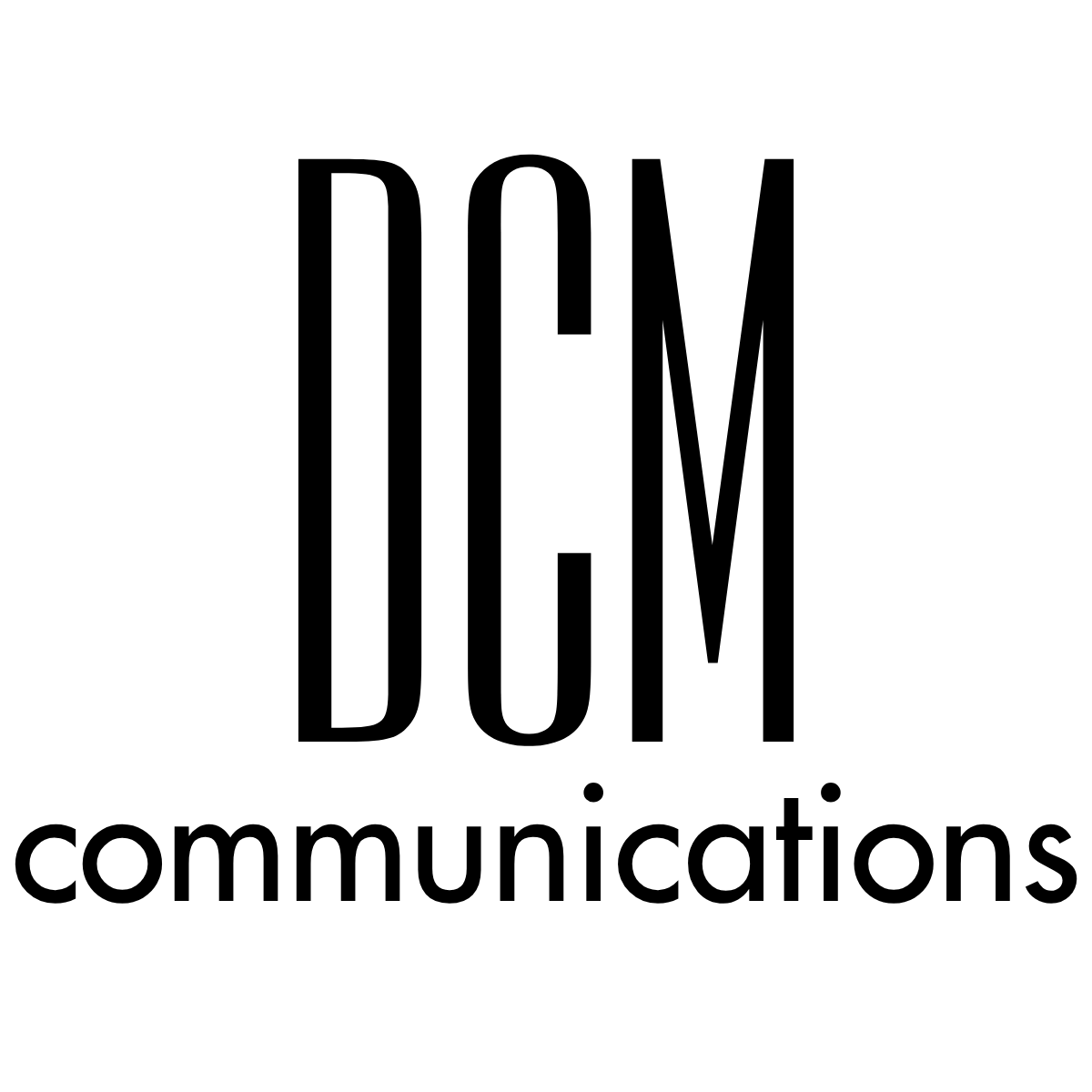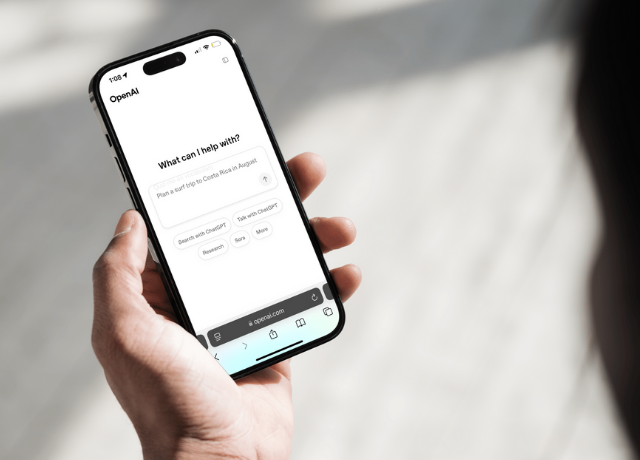What I Learned from the GURU Conference: Real Talk on Email Marketing in the Age of AI
Last week I attended the 2-day GURU Conference, the premier virtual event all about email marketing. Across hours of sessions and speakers from the corporate and small business world, one thing became clear:
The most effective email marketers aren’t chasing trends; they’re focused on connection.
Here are my 5 big takeaways from the event and how to implement them in your email marketing starting NOW and through 2026.
1. Personalization is not the same as Being Personal
There’s a big difference between personalization and being personal in your email and content.
The former is simply inserting a first name merge tag (“Hi [FIRSTNAME]”) into a message you want to send to your entire list.
The latter is creating and sharing content that comes across like a personal exchange between the recipient and sender.
Think of it like this: personalization is data. Personal is connection.
For example, the new “I have thoughts” weekly digest I launched last week to the DCM Inner Circle was a personal email. (If you didn’t get that one, join the list here to ensure you get this Saturday’s edition.)
I shared some unpublished perspective on marketing, or more specifically public relations, but also some behind-the-curtain thoughts on the things that stress me out when it comes to running a business and the TV shows in my queue providing a necessary mental break from it all.
What made it personal? It was 100% written by a human (🙋🏻♀️) talking to a single other human like a friend. And I did all of this while still using the personalization of a merge tag for the recipient’s first name and sending out the email to the whole list at once.
Making your emails more personal, does not mean you have to forgo automation.
How to Implement This:
You don’t have to reveal everything about your life to be more personal in your email marketing, but look for small ways to show more of you in your content.
When in doubt, think about a recent sidebar chat you had with a friend and ask yourself, “Could I share this story with my audience while staying true to my brand?” Little peeks behind the curtain will make your emails more intriguing and brand more memorable.
2. Your emails should only have ONE goal
This one came up over and over. The goal of your emails is not to sell in the inbox. It’s to get people out of it.
👉🏻 Your email’s job is to inspire a click.
👉🏻 Your website’s job is to convert that click into an action.
Whether you’re linking to a blog post, a services page, or a product, the conversion happens once they land there, not in the email itself.
How to Implement This:
When reviewing your email performance, don’t stop at open or click rates. Look at what happens after the click. Did they read another blog post? Fill out your contact form? Make a purchase? That’s where you’ll find the real measure of success.
Utilize tools like Google Analytics and ContentSquare heat map tracking to track the user’s behavior on your site. The more you know about how they currently use it, the better you can design pages and tailor future content (and internal linking) to lead them where you want them to go for that conversion.
3. In the Age of AI, Human Connection Matters More Than Ever
With everyone using AI to write faster and do more, the most powerful thing you can do is… sound like you, the actual human reading this right now.
Your subscribers can tell when something feels robotic and authentic connection cannot be automated. Use AI to brainstorm, grammatically edit or refine your ideas in a brain dump, but make sure your final draft sounds like something you’d actually say if a human was sitting in front of you.
The more you can sound like yourself (or at least a human member of the team) the better you will be set up for email marketing success in 2026.
How To Implement This:
Before you hit send, ask: “Would I want to read this if it came from someone else?” If not, rewrite it until it does.
4. The Easiest Way to Stand Out from AI-Written Copy is Simpler Than You Think
Ironically, one of the simplest ways to rise above AI-generated noise is to skip using it altogether. At least when writing your emails.
When everyone else is chasing “SEO-optimized” or algorithm-approved language, the best way to stand out is to write like a human because that is, after all, who will be buying from you. The more conversational, the infinitely more effective your emails will be.
How to Implement This:
Pretend like you’re talking to a single reader, not broadcasting to a crowd. If necessary, take that advice literally:
➞ Pop open a notes app on your phone
➞ Write the goal your email has or question you want it to answer on the screen
➞ Tap the “voice dictation” button on the keyboard
➞ Talk out how you would answer that if someone asked you in person
➞ Send the note to your computer, edit for grammatical errors (voice dictation isn’t perfect) and you have an email!
5. Shift your Mindset on List Building for True Growth (and retention) in subscribers

— Sophie Miller, Pretty Little Marketer
This one hit home. Sophie successfully parlayed her Instagram account into a 30,000-person email list with this at the forefront of her mind.
It’s a reminder that behind every subscriber is an actual person looking for information, support, and a solution to their problem.
How to Implement This:
Treat your subscribers like people first. Nurture relationships, offer real value, and talk to them like you would a friend. (Noticing a theme here? 😉)
Sales will follow naturally when people feel seen, understood, and connected to your brand. We want to be treated as humans, not just a number.
Final Thoughts
If there was one overarching theme from the GURU Conference, it’s this:
The future of email marketing isn’t about automation but rather authenticity.
Whether you’re sending one campaign a month or managing a full sales funnel, your success will come from sounding more you (person or brand), not by copying what everyone else is doing or relying on your favorite AI platform to do all the work.
That’s the kind of strategy we live by at DCM Communications and precisely what we help our clients put into practice.







